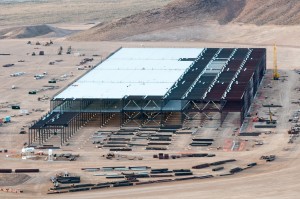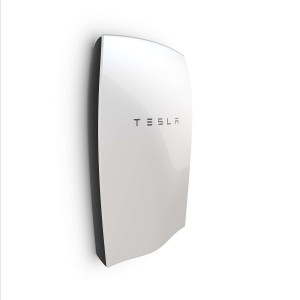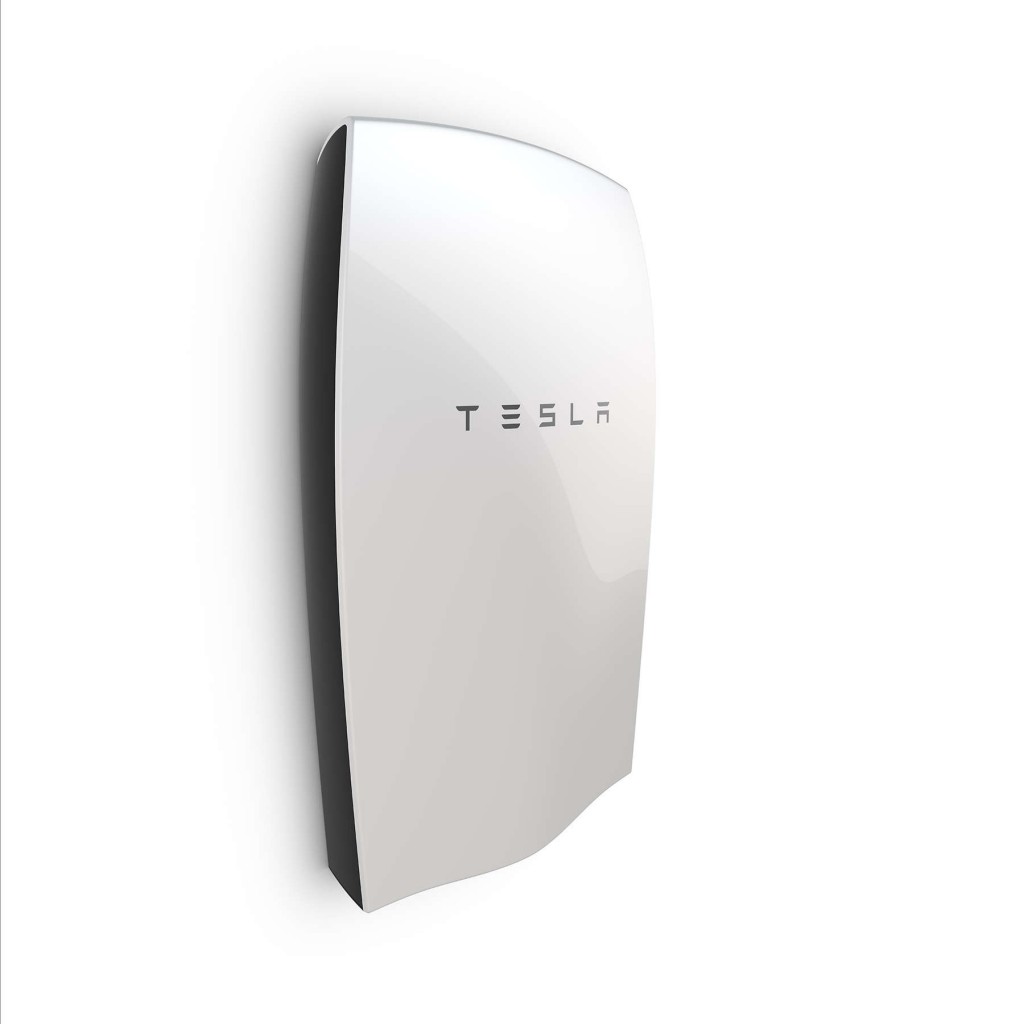
It’s another double shot today of me hosting shows on KALW 91.7 FM San Francisco Bay Area. First, at 10am PT, I’ll be guest hosting Your Call’s One Planet Series, where we’ll discuss the viability of carbon capture technology in combating climate change. Carbon capture and storage is the process of capturing and storing carbon dioxide from polluting sources and storing it deep in the ground.
The just-passed (but not yet signed) Inflation Reduction Act includes a change in a crucial tax credit for the carbon capture industry—increasing the government subsidy for capturing CO2 from polluting sources from $50 to $85 per metric ton.
Some environmentalists call these carbon capture subsidies a handout to the oil industry and a distraction from urgently needed actions. How effective is this technology? Joining us to discuss are:
Tony Briscoe, environmental reporter with the Los Angeles Times
Naomi Oreskes, Henry Charles Lea Professor of the History of Science and Affiliated Professor of Earth and Planetary Sciences at Harvard University.
Then we’ll cover the socio-environmental impacts of lithium mining to produce electric vehicles. Joining us will be Jennifer Krill, executive director of Earthworks, a nonprofit organization committed to protecting communities from the adverse impacts of oil and gas and mineral extraction.
Second, later today on State of the Bay at 6pm PT, we’ll cover the latest in San Francisco’s housing saga, as the state threatens to take over land use planning for the City. Plus we’ll discuss the rise of autoimmune disorders and learn about California’s youth governor’s race, covered in a new documentary.
Tune in at 91.7 FM in the San Francisco Bay Area or stream live at 10am PT for Your Call and then again at 6pm PT for State of the Bay. What comments or questions do you have for our guests? Call 866-798-TALK to join the conversation!
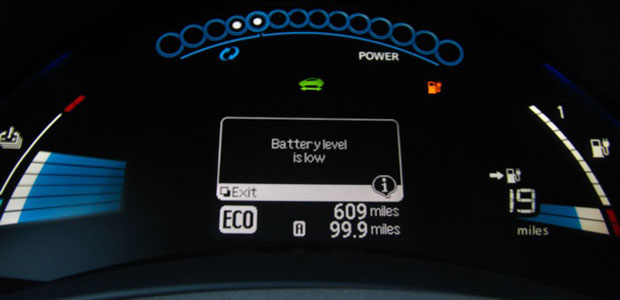 As congressional Republicans and the Trump Administration try to roll back the clock to promote gas-guzzlers over zero-emission vehicles, China, South Korea and Japan are all vying to dominate the battery market for electric vehicles. So far, China is outstripping its neighbors, as Nikkei Asian Review reports:
As congressional Republicans and the Trump Administration try to roll back the clock to promote gas-guzzlers over zero-emission vehicles, China, South Korea and Japan are all vying to dominate the battery market for electric vehicles. So far, China is outstripping its neighbors, as Nikkei Asian Review reports:
Last year Chinese makers claimed seven of the top 10 slots on the list of the world’s largest suppliers of lithium-ion batteries for EVs, according to Chinese research company Gaogong Industry Research Institute. BYD ranked third globally, after Panasonic — which produces batteries for Tesla — and China’s Contemporary Amperex Technology Ltd., or CATL, the world’s top EV battery manufacturer.
According to projections by Bloomberg New Energy Finance, China will produce 70% of the world’s electric-vehicle batteries by 2021. The potential rewards are huge: Goldman Sachs estimates that sales of batteries to power cars will rise from under $10 billion to $60 billion by 2030, driven by a global push to reduce greenhouse gases.
South Korea and Japan have long histories in this field though and won’t fade quietly. For example, Panasonic in Japan provides Tesla with its batteries, while South Korea’s LG Chem has supplied Chevrolet.
But China’s emerging dominance should be cause for concern for those nations that would like to gain a piece of the profits from the burgeoning electric vehicle market. And while strong Chinese investment in batteries should be good for consumers overall through cheaper battery and vehicle prices, we’ve seen before the negative effects of having just a handful of countries control the market for fueling.
Either way, this booming East Asian investment in zero-emission vehicles should put American policy makers on alert about how much the U.S. stands to lose by ceasing to support crucial clean vehicle technology.
Lithium ion batteries like those found in electric vehicles have become dramatically cheaper over the past 10 years. But rising demand for cobalt, as well as supply shocks from the Democratic Republic of Congo’s dominant position, threaten this progress. Cobalt prices have doubled since 2016 as a result.
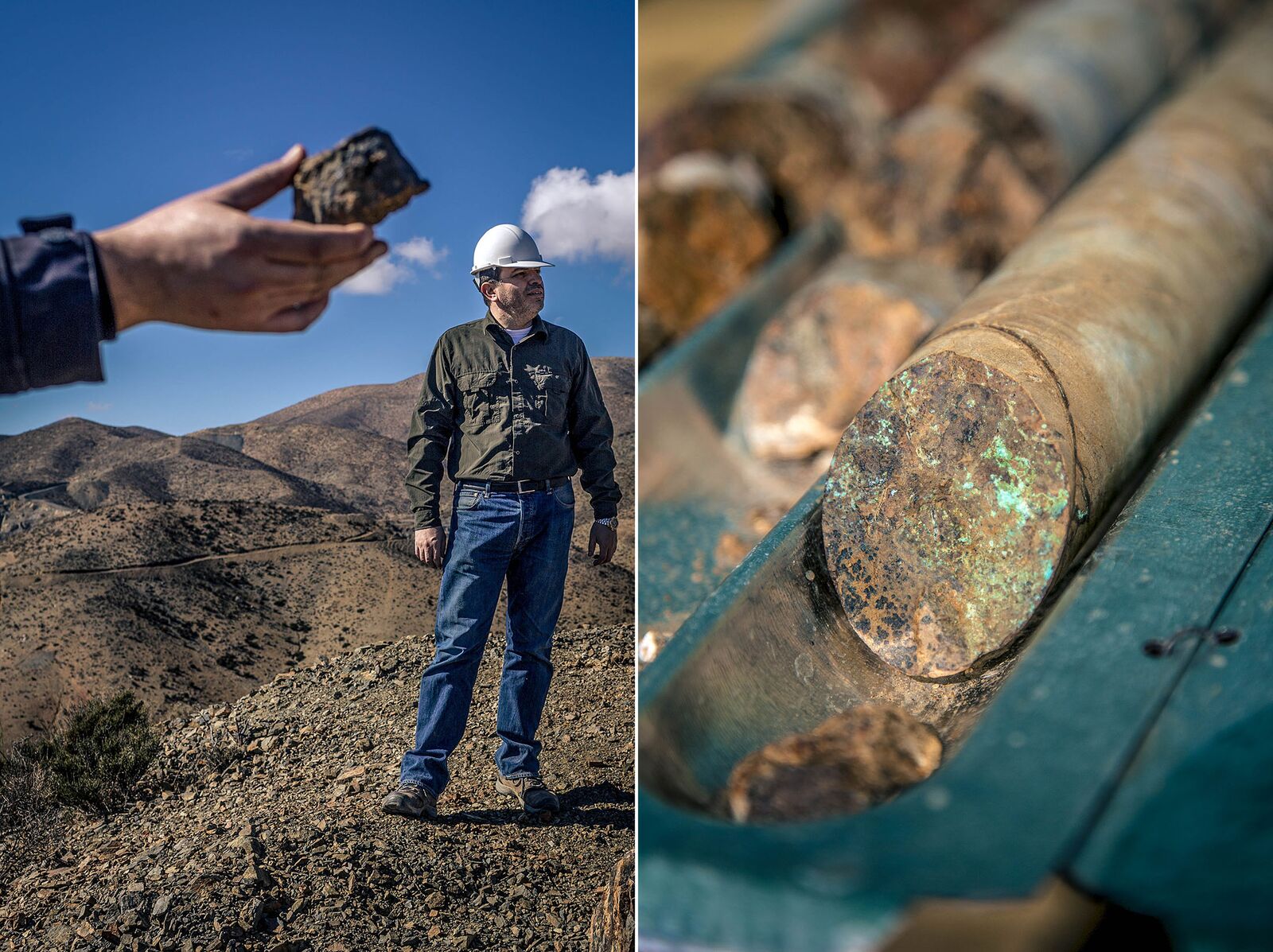
Cobalt samples in Chile
However, we’re now seeing industry respond in two ways. First, mining interests are expanding beyond Congo to address the supply shortage and also diversify the countries holding jurisdiction over the largest deposits. Bloomberg reports that Chile has emerged as a potential site of some rich cobalt deposits, based on some historical research that country’s officials recently did:
Renewed interest in La Cobaltera [Chile] began to emerge last year after Chilean authorities discovered records long buried in the archives of the national geological agency. They showed more than 7 million tons of cobalt ore was mined in the country between 1844 and 1941. The mineral was extracted mainly by German immigrants, who sent it to Europe presumably to manufacture military equipment.
If this discovery holds up, it could provide an important supply source to break Congo’s monopoly, with its human rights and governance concerns.
Second, and more exciting, battery engineers are developing products that require much less cobalt. Utility Dive discussed this trend at Tesla:
In the company’s first quarter 2018 earnings update, Tesla CEO Elon Musk said the company had moved to higher density batteries while reducing the cobalt content of its battery packs. And in June, Musk told shareholders his company would continue to push battery costs down, breaking through the $100/kWh barrier for li-ion cells later this year.
Not only would less cobalt in batteries be a good thing for economic and environmental reasons, it also means prices can continue to decrease. And lower prices mean lower-income car buyers will be able to afford more and better electric vehicles, thereby reducing greenhouse gas emissions from transportation.
These two innovations on cobalt therefore represent promising trends that hopefully will continue for battery production, securing the supply chain for this critical clean technology.
Occasionally I hear criticisms of the electric vehicle push that we are simply replacing one limited resource (oil) with another (lithium and other raw materials for EV batteries).
Yet knowledgeable people seem to indicate that the resource issue isn’t real and that plenty of materials exist to power the world over with batteries.
Now Bloomberg reports on Tesla’s efforts to lock up the raw materials it needs for its big battery push, with the potential for competition from international actors who also need batteries for their consumer products:
For its batteries, Tesla typically uses formulations including lithium, nickel, cobalt, and aluminum oxide. To find a steady and affordable supply of these materials—key to keeping the base price of the Model 3 at about $35,000—the company is recruiting staffers to scour the globe. It hired Rene LeBlanc, a former engineer at FMC Lithium, earlier this year. It’s also looking for a Tokyo-based supply-chain analyst willing to travel frequently to China and South Korea to work closely with suppliers.
Despite all the buzz about lithium, Musk reminded investors at Tesla’s May 31 shareholder meeting that the metal is “just the salt on the salad,” accounting for only about 2 percent of the material in Tesla cells. Yet it’s key to making batteries rechargeable, and even that small percentage doesn’t exempt Tesla from the laws of supply and demand. It’s competing for the metal with companies in Asia, where China, Japan, and Korea account for more than 85 percent of current lithium ion battery output, according to researcher CRU Group.
This race for resources will likely spur innovation, as Tesla is already trying to swap out more expensive cobalt for nickel, and battery innovation could change the chemical and metallic needs of future batteries.
But it’s an interesting dynamic to track, as it ultimately determines the price of the batteries, which determines the price of the vehicles, which determines their popularity to consumers, which determines how quickly we can transition away from oil and stabilize the planet’s climate in the process.
When I mention buying an electric vehicle to people, one of their first questions is: “how long will the battery last?” Followed by: “how much does it cost to replace it?”
It’s a tough series of questions because of the unknowns and the potential downside. Generally we can say that most automakers will insure the battery for 8-10 years, while battery costs are coming down.
But when you tell people a new battery can cost tens of thousands dollars and that ‘we really don’t know’ how long they’ll last, it can be a quick turn-off for potential buyers (and may explain the popularity of EV leases).
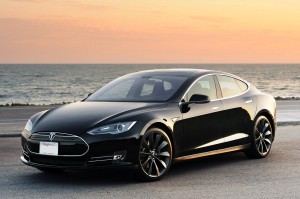 EVs have now been on the road in sizeable numbers for about five years though, so we’re starting to get some good data. And as Electrek reports, the news is pretty good, at least for Tesla batteries:
EVs have now been on the road in sizeable numbers for about five years though, so we’re starting to get some good data. And as Electrek reports, the news is pretty good, at least for Tesla batteries:
Data shows that the Model S’ battery pack generally only loses about 5% of its capacity within the first 50,000 miles and then the degradation significantly slows down with higher mileage. Plug-in America’s data shows several vehicles with over 100,000 miles driven and less than 8% degradation.
And anecdotally:
CEO Elon Musk once referred to a battery pack Tesla was testing in the lab. He said that the company had simulated over 500,000 miles on it and that it was still operating at over 80% of its original capacity.
This is all encouraging to hear, as that kind of degradation is relatively minor. And as noted, prices are coming down on batteries. It’s unclear if Tesla’s success though will translate to other EVs, as each company is using different chemistries and technologies. But the news on at least newer Nissans, for example, looks promising, too.
For some people it will take a lot more data like these to reassure them. So it’s nice to get some early returns and to see that the initial reports are generally positive. Otherwise, time will tell.
It’s on, and we’re up against global warming. Energy storage is the critical clean technology piece to decarbonize the grid (at least without nuclear power). The good news is that innovation is really taking off, now that the market for storage is clearer, with more renewables and electric vehicles.
From the San Francisco Chronicle:
In October, an international team of scientists announced a breakthrough in overcoming major obstacles in next generation energy storage and creating a battery that has five to 10 times the energy density of the best batteries on the market now. In September, Whitacre won a $500,000 invention prize for his eco-friendly water-oriented battery. And in April, Elon Musk announced plans for his Tesla Motors to sell high-tech batteries for homes with solar panels to store electricity for night time and cloudy day use, weaning the homes off dirtier power from the burning of coal, oil and gas.
“The pace of innovation does seem to be accelerating,” said JB Straubel, chief technical officer and co-founder of Tesla with Musk. “We’re kind of right at the tipping point where the current performance and lifetime of batteries roughly equal that of fossil fuels. If you are able to double that, the prospects are huge.”
Some of these breakthroughs will take years to commercialize, but at least we know in the near-term that lithium ion battery costs are coming down about 8-10 percent a year. Bottom line: lots of changes will happen on both the grid and in vehicles with these innovations.
And it can’t come soon enough.
A report from the Australian Renewable Energy Agency this month indicates it’s likely:
The 130-page report prepared by AECOM predicts a “mega-shift” to energy storage adoption, driven by demand – from both the supply side, as networks work to adapt to increasing distributed and renewable energy capacity, and from consumers wishing to store their solar energy – and by the rapidly changing economic proposition; a proposition, the report says, that will see the costs of lithium-ion batteries fall by 60 per cent in less than five years, and by 40 per cent for flow batteries.
This projection is more bullish than most analyses I’ve seen, which suggest price declines of 8-10% a year. If true, the impact on both our energy and transportation system will be enormous. Cheap batteries paired with solar will lead to customer “grid defections” from utilities, plus a proliferation of microgrids that can run independent of the grid. And of course electric vehicles will become ubiquitous with the cheaper price and better range.
Another reminder that batteries are the most critical clean technology right now in the effort to decarbonize our economy.
Just before Tesla’s announcement about a standalone battery storage option for homeowners and businesses, solar installer Sungevity announced they will provide a battery option for customers, either to own or lease:
As renewable energy becomes more widely used and battery prices fall, the company is betting that pairing rooftop solar panel systems with storage will soon be competitive with traditional electricity supplies.
“We expect that in two years there will be grid parity,” Peter Graf, Sungevity’s chief product officer, said in an interview. “All the market dynamics and hardware dynamics point in that direction right now.”
The interesting piece of it is that company leaders say customers were driving this move because they want on-site storage. But they may be in for a sticker shock, at least at first: batteries don’t really pencil for most people at this point, unless they really value the backup power or don’t care because they have a lot of money. But as prices decrease, and as new electricity rates encourage late afternoon/evening generation, batteries will become a good deal.
Tesla’s big announcement that the company is entering the standalone battery market for building owners and utilities got a lot of press and favorable Wall Street reaction. For longtime energy observers, Elon Musk wasn’t unveiling anything new — just repackaging something familiar and making it cool. But that repackaging and investment could be transformative.
The advantages to consumers that Tesla cites are well-established but probably not widely applicable. Some consumers can make a bit of money storing cheap energy and dispatching it at more expensive times under time-of-use rates. Big industrial customers may even save a lot of money this way. Other customers may like the clean backup power from batteries, although generators may be cheaper. And batteries could enable a few customers to go off-grid completely (really just for rural customers). There are already companies establishing themselves in this market, like Stem and Advanced Microgrid Solutions (which is partnering with Tesla on this effort).
Still, I can’t help but be taken by the cool factor that Elon Musk bestows on this otherwise geeky world. Just take the name: “Powerwall.” “Home battery” sounds so boring compared to having a Powerwall. And then there’s the sleek design with the Tesla logo:
Some people may pay $3500 just for the aesthetics — like a piece of garage art.
The other interesting piece is the price. At $3500 for 10kWh and $3000 for 7kWh, it looks like the estimates of a $300/kwh battery production cost may be accurate, which is a good sign for battery price decreases (prices were at about $1000kwh a few years ago). That price doesn’t include installation or the inverter.
Still, that’s not a bad deal, and if California ends up bolstering time-of-use rates, customers could soon get quicker repayment as the difference between cheap off-peak electricity and expensive peak rates increases.
The other wildcard here is repurposed batteries. Could Tesla end up taking used electric vehicle batteries and repurposing them for the Powerwall? Their future gigafactory could probably handle that workload well, further driving the price down of stationary batteries.
All told, the unveiling of Tesla Energy, while not revolutionary right now, could soon become the lead in a technology wave that fundamentally changes our energy system. As with so many clean technologies in this fast-changing field, we’ll have to stay tuned to find out.
But just not widespread — yet. The Washington Post discusses the small but growing group of people who are going off-grid entirely with the help of batteries for their solar power. And as battery prices decrease, this trend will only grow, in part thanks to Tesla’s big push in this space:
Batteries already help power homes in places where energy grids are spotty, on islands and in developing countries including India and Bangladesh. But they have remained a niche for homeowners in the U.S., even as more and more demanding connections on America’s aging power grid have pushed power outages up 285 percent since 1984.
Tesla, with its corporate star power, has quickly become the home-battery industry’s best-known cheerleader, and its boosterism could give home batteries their best shot at finding acceptance in mainstream America.
Notably, the only people for now who buy batteries for backup power seem to be those who are concerned about blackouts, want new technology, and have the money to afford it. So it will be important for policy makers to encourage these purchases through better electricity rate design that rewards rooftop solar and other battery customers who can store and discharge power when the grid needs it.

